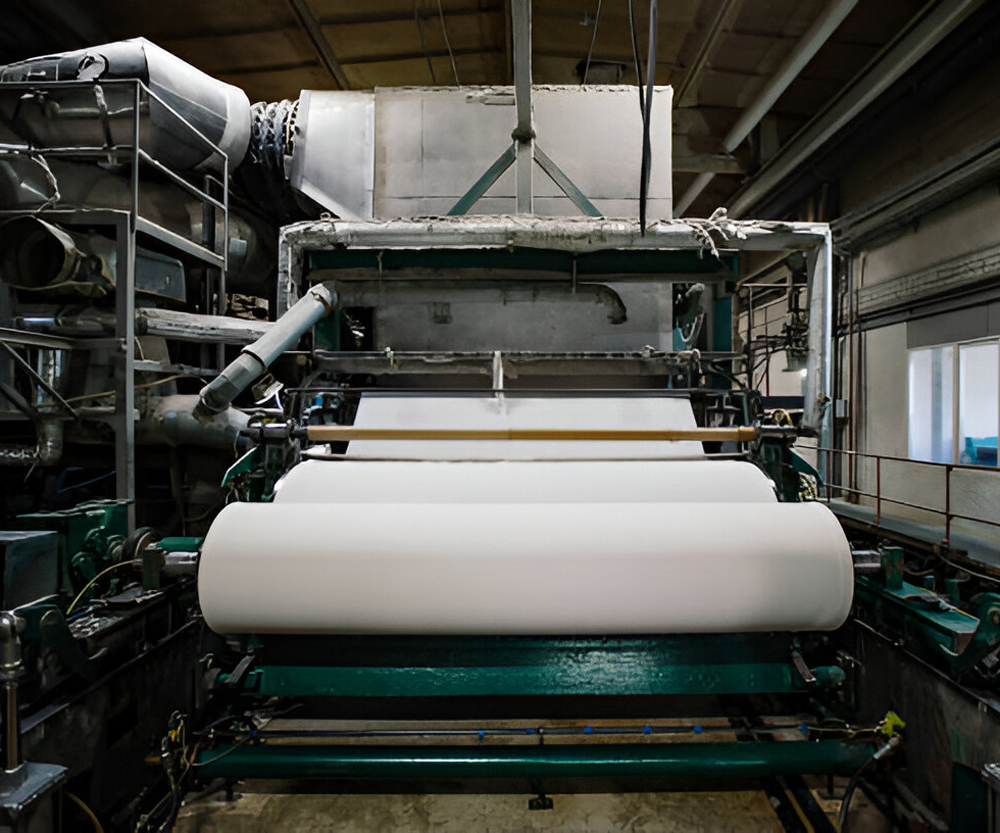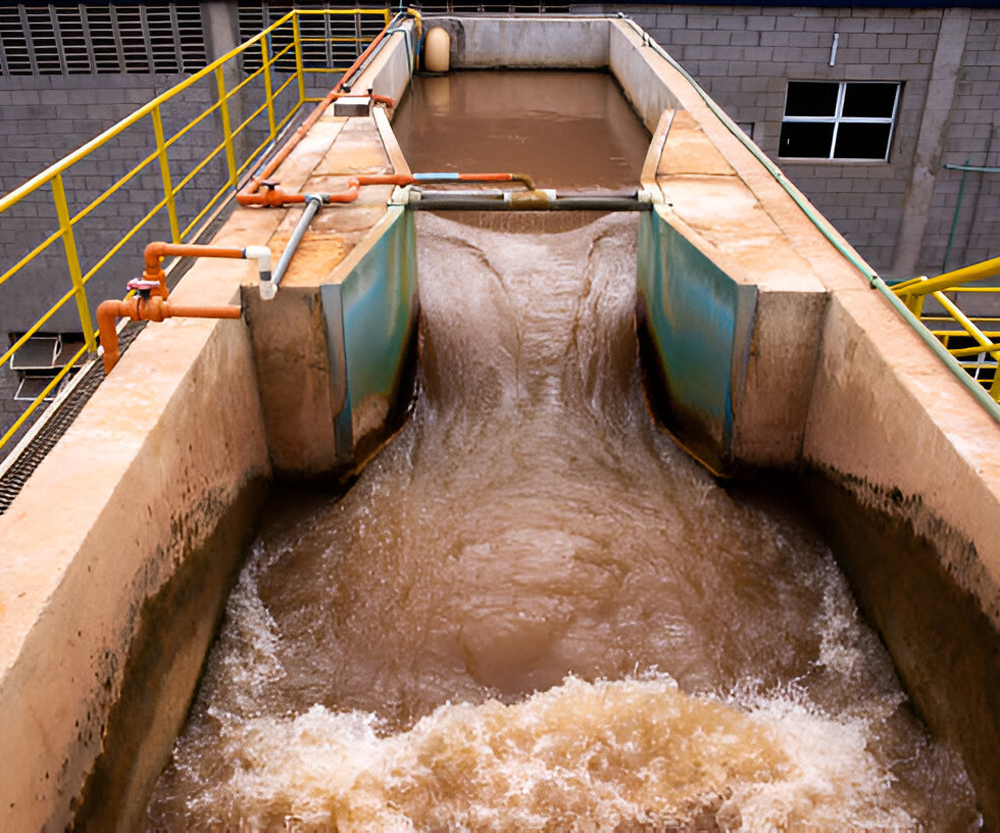 +86 13600513715
+86 13600513715
Industry Challenges and Technological Context
Textile and pulp/paper industries generate wastewater with high chemical oxygen demand (COD), toxic dyes, heavy metals (chromium, zinc), lignin derivatives, and suspended solids. These effluents are notorious for intense coloration, recalcitrant organics, and salinity, requiring multi-stage treatment to meet discharge standards like China’s GB 4287-2012 and the EU’s BAT (Best Available Techniques).
Cutting-Edge Technological Solutions
Dye Degradation via Hybrid AOP
Technology: UV/Fenton systems break down azo dyes (e.g., Reactive Black 5) into CO₂ and H₂O, achieving decolorization rates >99%.
Industry Practice: A Bangladesh textile mill reduced dye concentration from 1,200 mg/L to <5 mg/L, cutting sludge production by 70%.
Lignin Recovery from Pulp Effluent
Technology: Acid precipitation + ultrafiltration extracts lignin for biofuel production (purity >85%).
Industry Practice: A Swedish paper mill produces 12 tons/day of lignin, generating $480,000/year in revenue.
Salt-Tolerant MBR for Textile Wastewater
Technology: Halophilic bacteria in MBR degrade organics under high salinity (TDS >15,000 mg/L).
Industry Practice: A denim factory in Turkey achieved 92% COD removal without freshwater dilution.
Case Studies

Chinese Dyeing Factory – Zero Liquid Discharge Transformation
-
1
Background
A large-scale dyeing plant in Zhejiang faced shutdown threats due to COD (12,000 mg/L), dye (1,500 mg/L), and salinity (18,000 mg/L) exceeding limits. -
2
JUNTAI Solution
Phase 1 – Pretreatment:Electrocoagulation: Removed 95% of suspended solids and 80% dyes.Phase 2 – Biological Treatment:Salt-Tolerant MBR: Halophilic bacteria degraded organics under 18,000 mg/L TDS.Phase 3 – ZLD:MVC Evaporator: Recovered 90% water and crystallized NaCl (purity >96%). -
3
Results
Parameter Influent Effluent COD 12,000 mg/L 150 mg/L Dye Concentration 1,500 mg/L <10 mg/L Salt Recovery - 8 tons/day ROI: 4 years via salt sales and reduced penalties.
Brazilian Pulp Mill – Lignin-to-Energy Project
-
1
Background
A pulp mill in São Paulo discharged 5,000 m³/day of wastewater with lignin (2,000 mg/L) and high color (Pt-Co 6,000), facing $1.2M/year in environmental fines. -
2
JUNTAI Solution
Step 1 – Lignin Extraction:Acid precipitation at pH 3.0 recovered 85% lignin, which was converted to biochar via pyrolysis.Step 2 – Advanced Oxidation:Ozonation (20 kg O₃/hour) reduced color from 6,000 to 50 Pt-Co.-Results: -
3
Results
Revenue Streams:Biochar sales: $280,000/yearCarbon credits: $50,000/yearWater Reuse: 80% treated water recycled for pulping.


Vietnamese Textile Cluster – Centralized Treatment Hub
-
1
Background
A cluster of 20 textile factories in Ho Chi Minh City generated mixed wastewater (COD 8,000-12,000 mg/L, Cr⁶⁺ 30 mg/L, TDS 10,000 mg/L), overwhelming individual treatment systems. -
2
JUNTAI Solution
Step 1 – Centralized MBR:Installed a 10,000 m³/day MBR system with salt-tolerant strains, reducing COD to 500 mg/L.Step 2 – Heavy Metal Removal:Electrocoagulation + ion exchange reduced Cr⁶⁺ from 30 mg/L to <0.05 mg/L. -
3
Results
Operational Efficiency:Treatment cost: 0.75/m3(vs.0.75/m3 (vs.1.2/m³ for decentralized systems)Sludge production: Reduced by 65%Compliance: Met Vietnam’s QCVN 13:2015/BTNMT and EU BAT standards.
Future Trends

“
Global Collaborations Global Collaborations
Project 1: UNIDO-funded initiative in Pakistan for textile wastewater ZLD systems.
Project 2: EU Circular Bioeconomy Program for lignin-to-bioplastic conversion.
INQUIRY NOW



